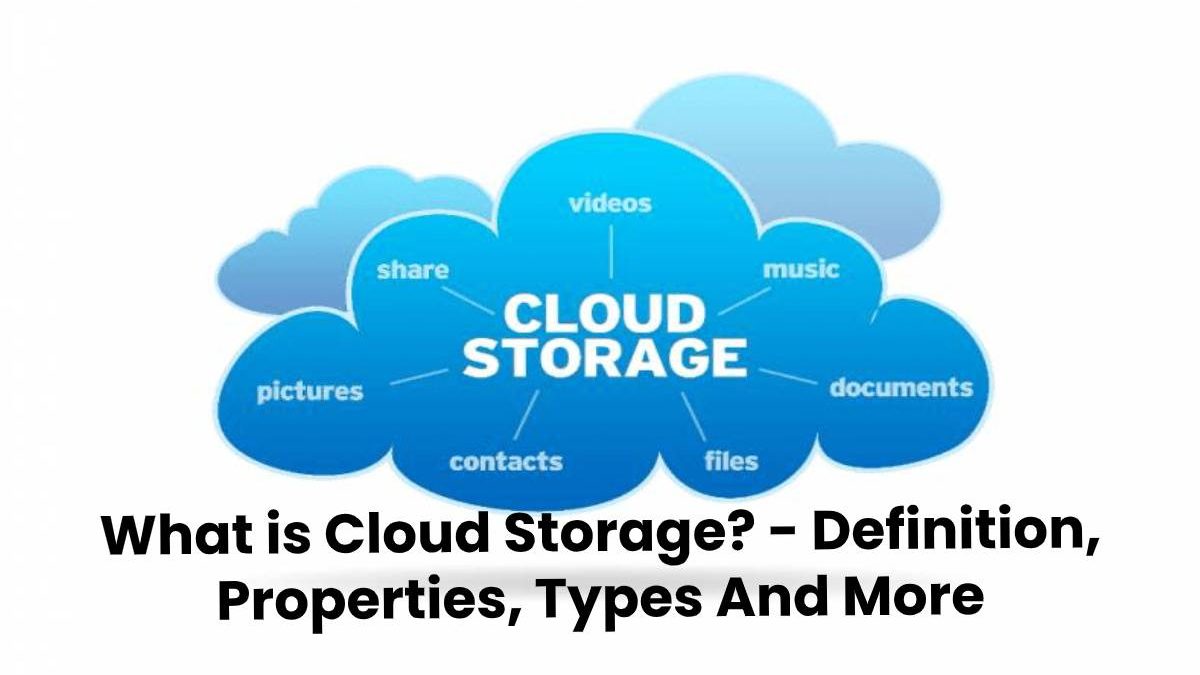Table of Contents
Definition Cloud Storage
Cloud storage involves organizing, archiving, and distributing data as required, in different volumes of virtualized storage consolidated from different physical hardware systems. It is the organization of data stored somewhere that can be accessed by anyone who has the appropriate permissions, through the Internet.
It is not necessary that you have to connect to an internal network (what is known as storage attached to the network), nor that you access the data from your hard drive or a hardware system connected directly to your computer. Cloud storage relies on virtualization to create clouds that store data.
Properties
- Virtualization extracts storage space from physical hardware systems (such as storage servers).
- Clouds are the groupings of resources that coordinates through management tools so that they function as a single resource. Users can access these clouds at their request through self-service portals, which are compatible with automation software and dynamic resource allocation.
- It is the process by which data stores in those clouds.
Different types of Cloud Storage
There are three types of cloud storage for businesses: public, private, and hybrid cloud. There are three ways to shape this storage: in blocks, files, or objects. Each format has its advantages and disadvantages.
The blocks are faster, the records are easier to understand, and the objects work best with packages of native cloud applications in containers. But some software-defined cloud storage products can combine all three formats in a unified and easy-to-implement solution.
How does Cloud Storage work?
The data acts as short-term memory, or it can get archived as long-term memory. Random-access memory (RAM) is responsible for processing short-term memory. All requests and actions processes and records during the time a computer processes specific calculations (familiar as tasks).
Once all the estimates are over, the data stores, as long-term memory in different storage volumes, and some of them may be clouds.
At the base of each volume of cloud storage are virtual storage resources, which extract from physical hardware. Virtualization technologies can take a dozen different servers (basic or proprietary) and obtain their storage space.
We can group all of this virtual storage space into a data gap, which users access as a single repository. If we combine those data gaps with automation and management software, which measures all space and implements storage volumes as necessary. It will create cloud storage that can also access the Internet or APIs correctly.
All of that technology (virtualization, management, and automation) must work well together for cloud storage to work. Connectivity depends on the technology that is probably less important: the operating system. The uniformity, reliability, and flexibility of the operating system determine how secure are the connections between
- physical resources
- virtual data groups
- management software
- automation scripts
- and users
are the only operating systems capable of doing everything are that use open source technology, such as Linux®.

